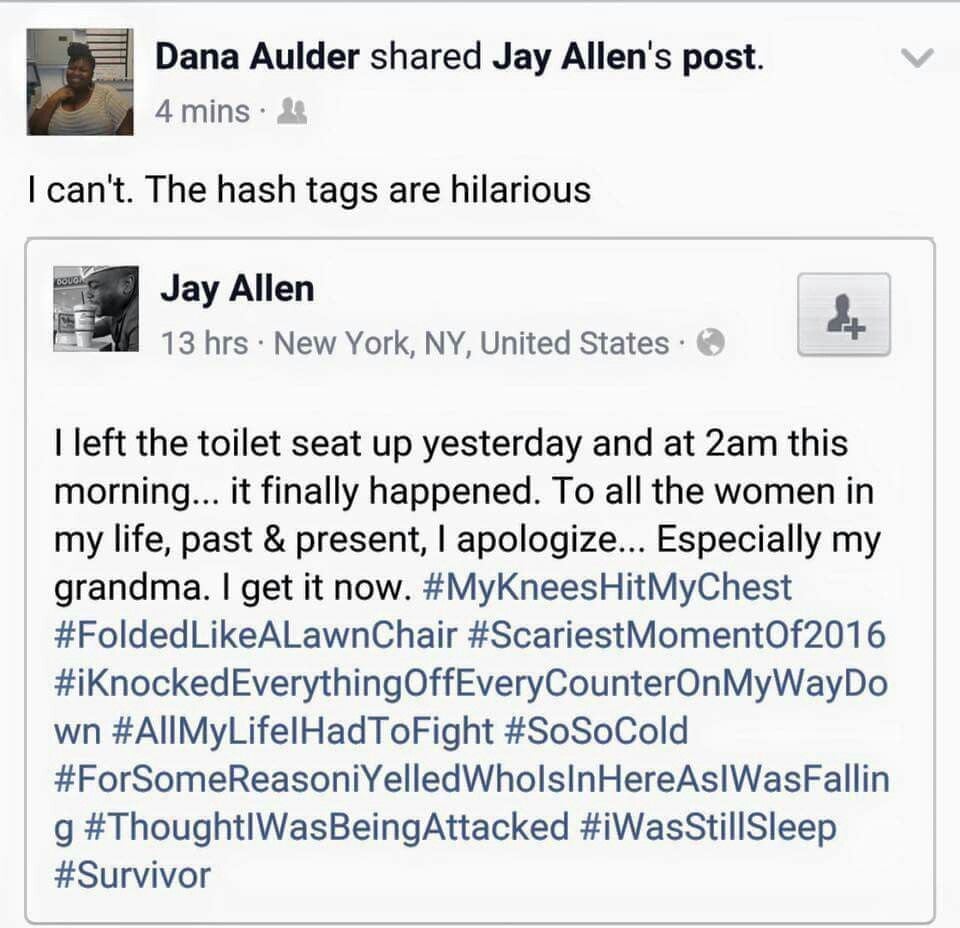this post was submitted on 25 Aug 2024
730 points (96.0% liked)
Microblog Memes
5697 readers
1646 users here now
A place to share screenshots of Microblog posts, whether from Mastodon, tumblr, ~~Twitter~~ X, KBin, Threads or elsewhere.
Created as an evolution of White People Twitter and other tweet-capture subreddits.
Rules:
- Please put at least one word relevant to the post in the post title.
- Be nice.
- No advertising, brand promotion or guerilla marketing.
- Posters are encouraged to link to the toot or tweet etc in the description of posts.
Related communities:
founded 1 year ago
MODERATORS
you are viewing a single comment's thread
view the rest of the comments
view the rest of the comments

Counter point: I know plenty of people who close the lid and then flush, then leave. So when you open the toilet you're greeted by a floater or shit streaks over the bowl.
I flush with it open, check if it's clean (otherwise use the brush and flush again) then leave.
If you want to close the lid you'd have to close it, flush, open it and check, clean, close it again. Are you doing that?
Counterpoint, if you leave the lid open, you're flinging shit particles all over the bathroom, potentially onto toothbrushes.
That was tested with Mythbusters. When your toothbrush is nearby there was hardly a difference if you flush open or closed, sorry :)
I had to present this paper for a fluid mechanics class during COVID and yes, the particles do spread. The radius of contamination was almost 1,5m.
https://www.annualreviews.org/content/journals/10.1146/annurev-fluid-060220-113712